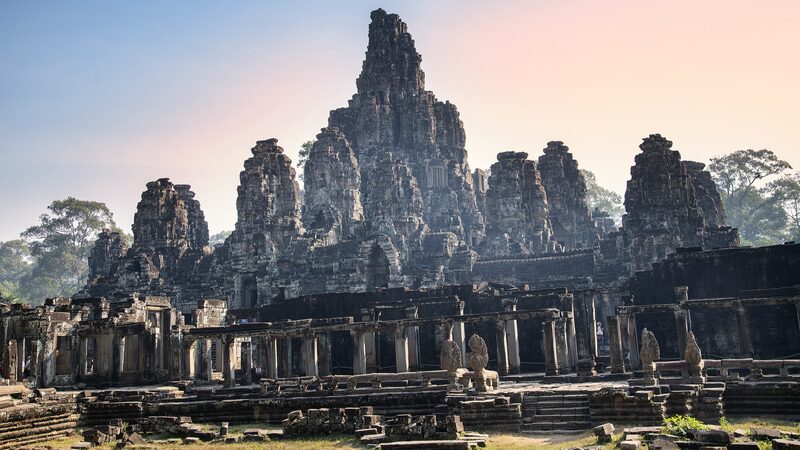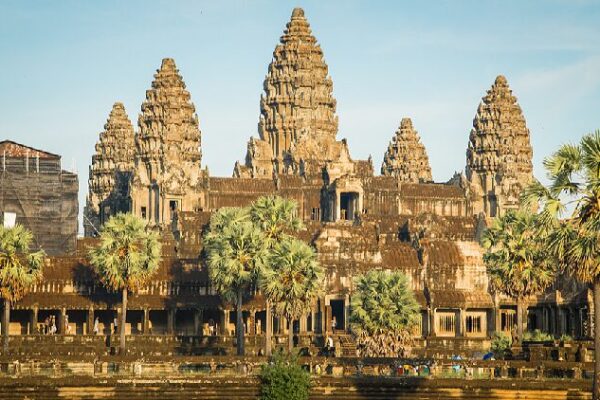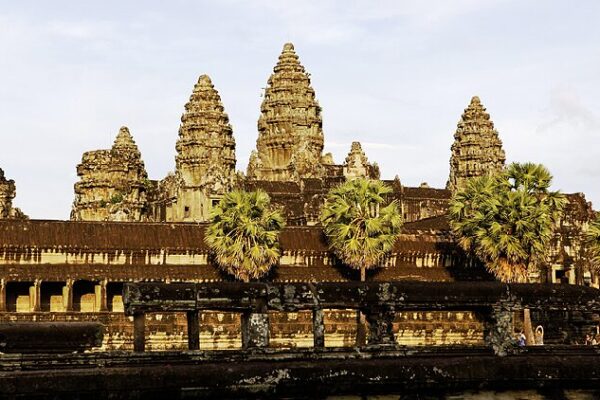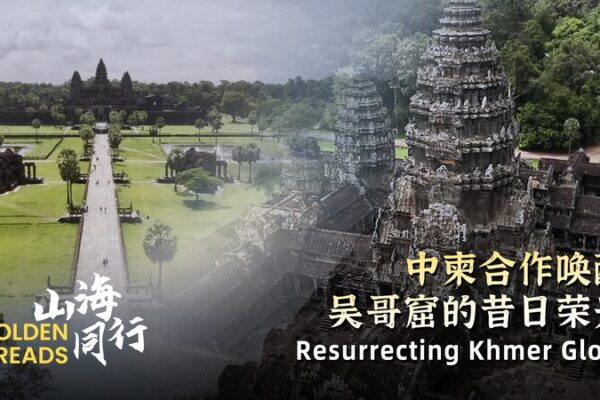SIEM REAP, CAMBODIA — The ancient stones of Angkor stand as silent witnesses to a civilization that once thrived from the 9th to the 15th centuries. Spanning around 400 square kilometers, this UNESCO World Heritage site, inscribed in 1992, was the heart of the Khmer Empire and is home to architectural masterpieces like Angkor Wat, the Bayon, Preah Khan, and Ta Prohm.
Beyond its historical grandeur, Angkor has become a symbol of enduring friendship between China and Cambodia. For decades, Chinese archaeologists have worked hand in hand with their Cambodian counterparts, dedicating themselves to the restoration and preservation of this cultural treasure.
China was among the first nations to join the UNESCO-led International Action for Safeguarding Angkor in 1993. Since official work began in 1998, Chinese experts have successfully restored the Chau Say Tevoda Temple, completed in 2008, and the Ta Keo Temple, completed in 2018. Their meticulous efforts have not only revived these ancient structures but also earned the recognition and gratitude of the Cambodian government and local communities.
In 2019, this collaborative journey reached a new milestone. Under a bilateral agreement, Chinese conservators embarked on the ambitious project of restoring the ruined Royal Palace in Angkor Thom, the heart of the ancient city. Expected to be completed by 2030, this endeavor aims to breathe new life into a landmark that holds immense historical significance.
“The restoration of Angkor is not just about preserving stones; it’s about preserving our shared heritage and strengthening the bonds between our people,” said a representative from the Cambodian restoration team. “China’s support has been invaluable.”
As the restoration continues, Angkor stands not only as a monument of the past but also as a testament to the shared commitment of China and Cambodia to protect and celebrate their cultural heritage. Through these joint efforts, both nations are ensuring that the legacy of the Angkor complex endures for future generations, bridging history and the future in a powerful way.
Reference(s):
cgtn.com








